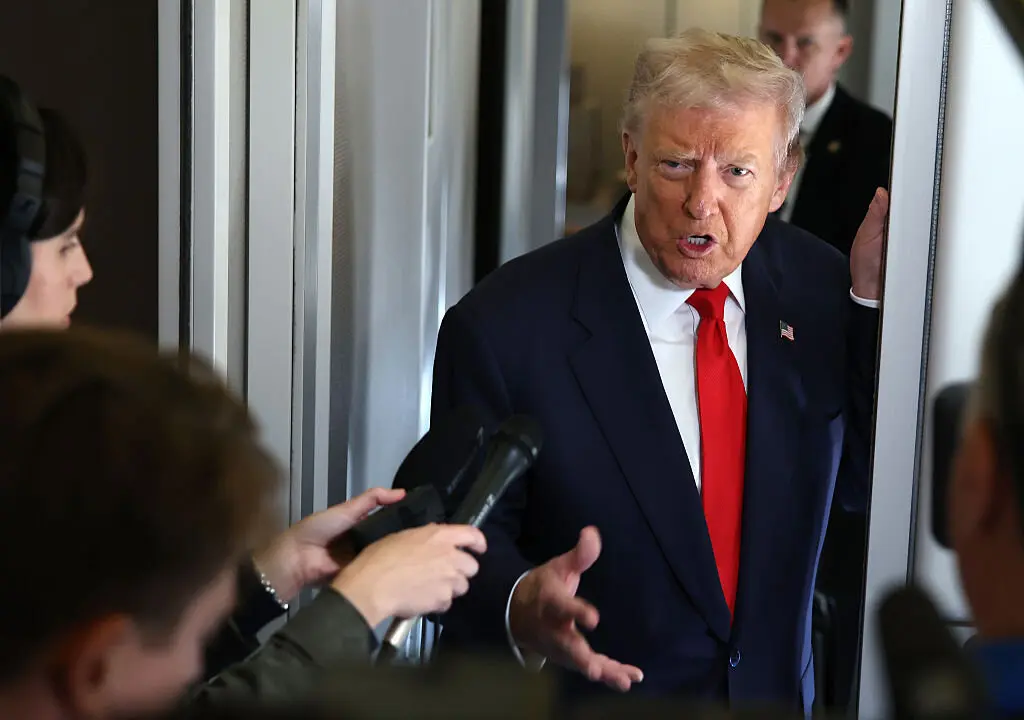The absorption of First Republic Bank by JPMorgan Chase on May 1 was just the latest step in a relentless march of consolidation among U.S. banks, as the U.S. banking industry becomes both more concentrated and more closely entwined with the federal government.
Since the “Great Financial Crisis” of 2008, federal regulators have become comfortable with a banking industry led by a handful of mega-banks, with which agencies have an ever-closer working relationship.





